Report this entry
More from the same community-collection
Weight Lifting and Wrestling Downtown El Paso- 2015
Weight Lifting and Wrestling Downtown El Paso- 2015
Mother and children on front porch
This is probably Mrs. J. W. Lorentzen with two of her children, ...
The Lorentzen family children on their front porch
The children are on the porch at 521 Randolph Dr.
Inside the house at 521 Randolph Dr.
Mrs. J. W. Lorentzen was a member of the Woman's Club and other ...
A friend or relative of the Lorentzen family - El Paso, Texas
This lady is standing in the side yard of 521 Randolph Dr. in ...
The view from below the old tin mines in the Franklin Mountains
Jut before getting up to the tin mines we took a detour to ...
50th Anniversary of NCAA Men's Basketball Championship - 2016
50th Anniversary of NCAA Men's Basketball Championship On ...
50th Anniversary of NCAA Men's Basketball Championship - 2016
Dr. Diana Natalicio who was named president of UTEP in 1988 - at ...
50th Anniversary of NCAA Men's Basketball Championship - 2016
On March 19, 1966, coach Don Haskins’ Texas Western Miners ...
50th Anniversary of NCAA Men's Basketball Championship - 2016
Photograph: Overhead photograph during the ceremony to honor the ...
50th Anniversary of NCAA Men's Basketball Championship - 2016
50th Anniversary of NCAA Men's Basketball Championship On ...
50th Anniversary of NCAA Men's Basketball Championship - 2016
Photograph of the ceremony honoring 1965-66 Miners on Feb 6, ...


















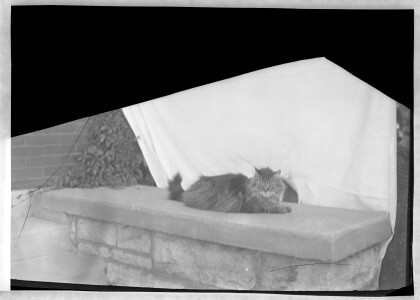
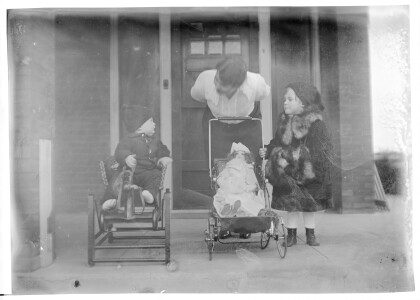
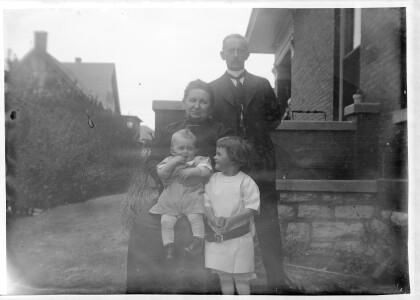
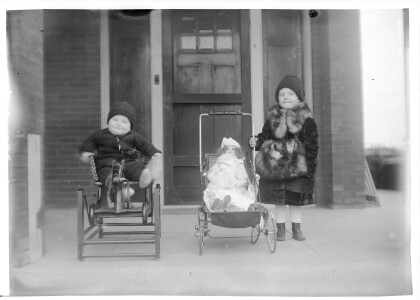
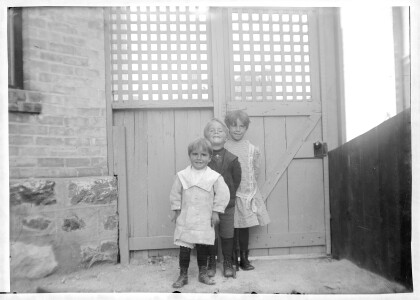
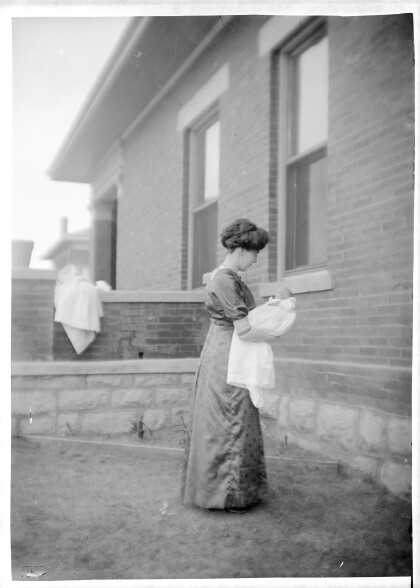
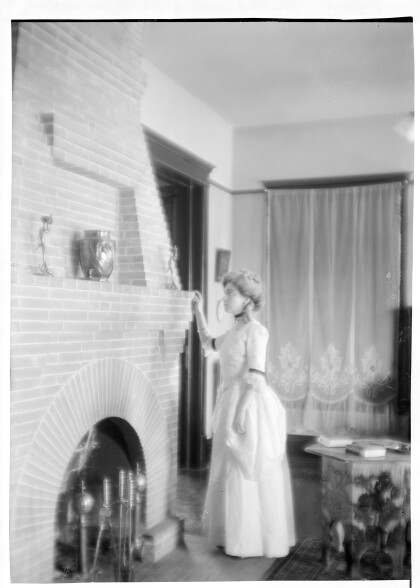
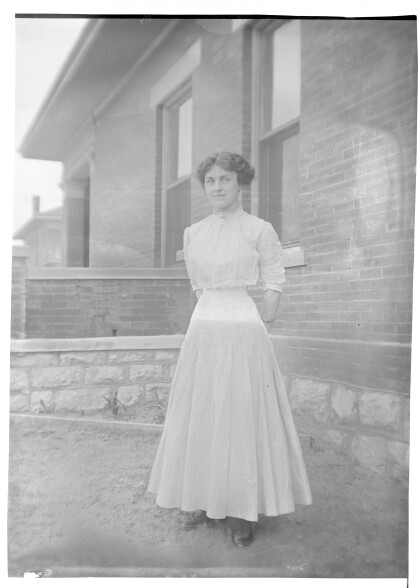
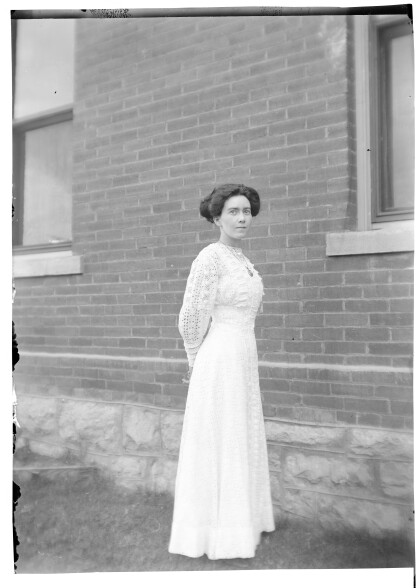
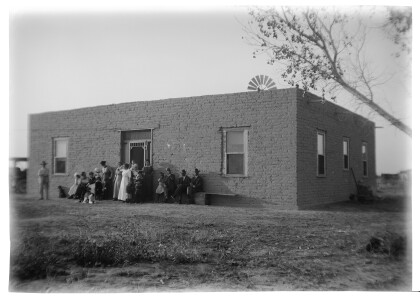
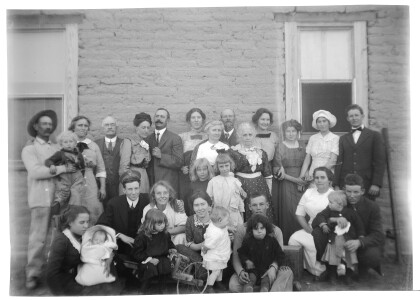
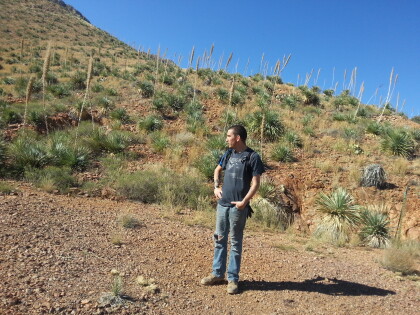
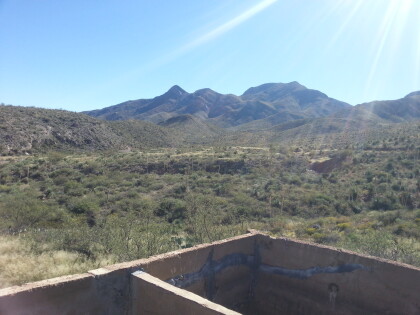
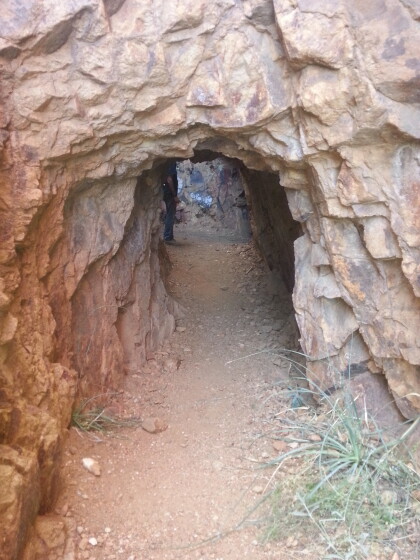
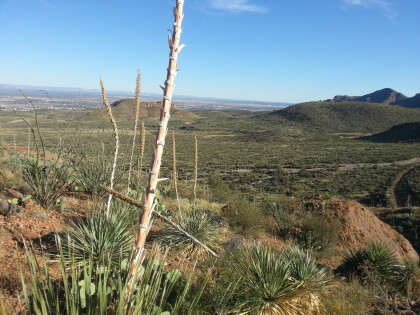
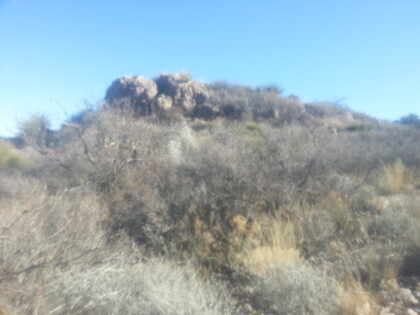
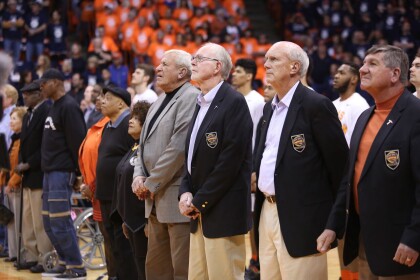
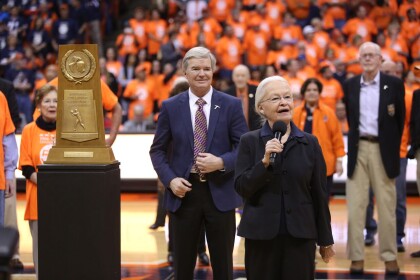

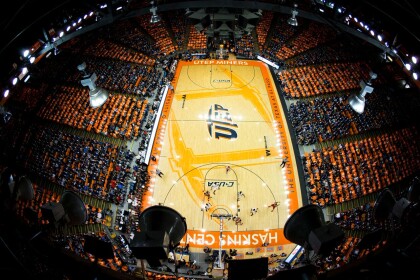
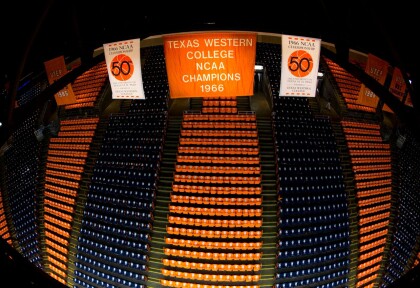
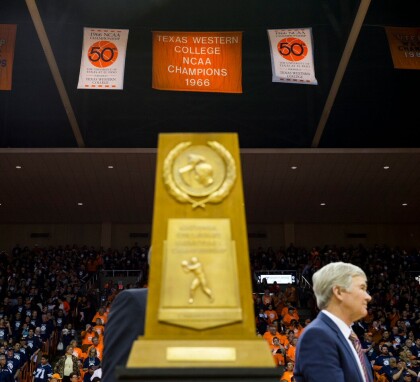
Comments
Add a comment